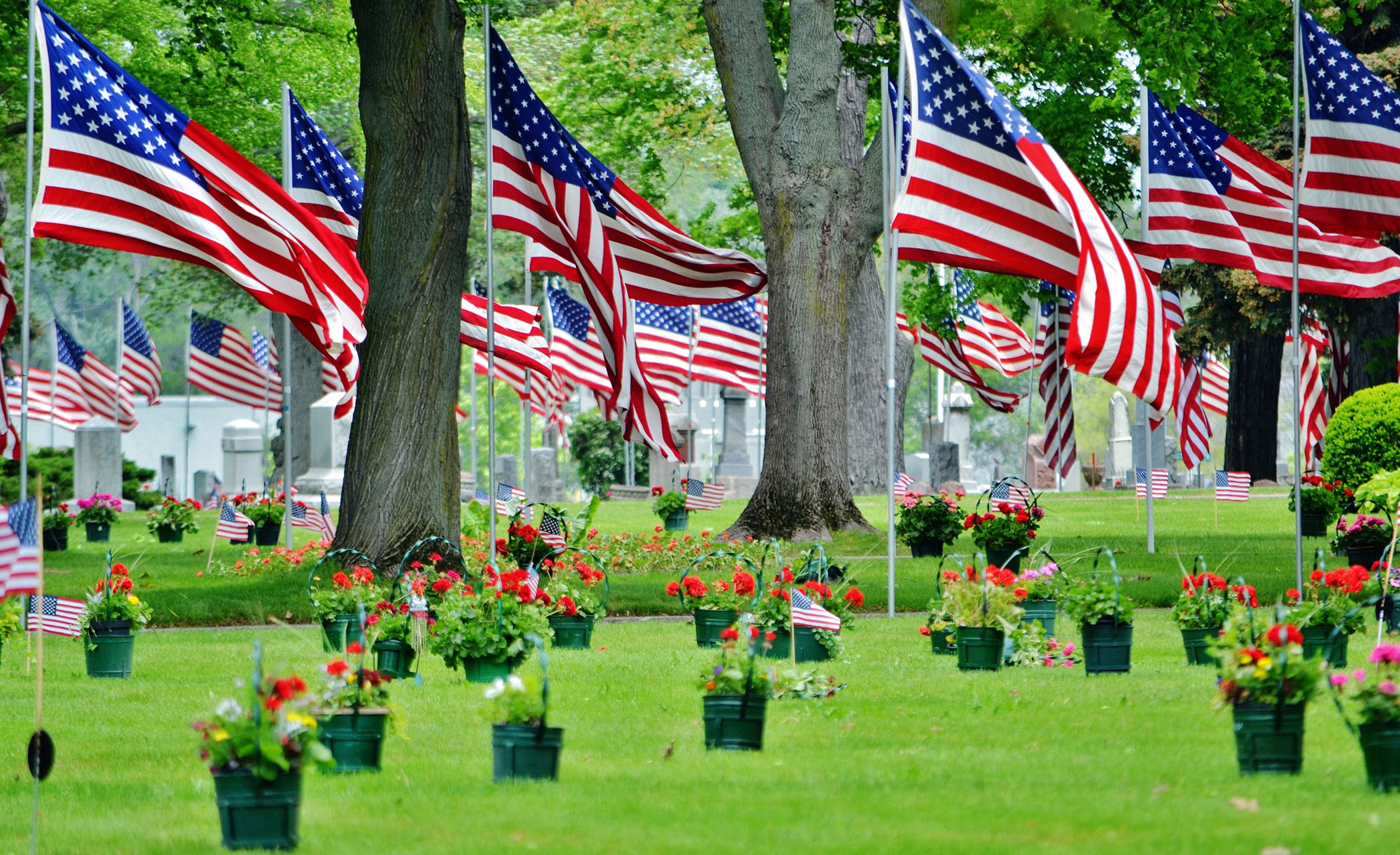Memorial Day honors the brave men and women who gave their lives for our country, reminding us to reflect on their sacrifice and the freedoms they secured. Observed on the last Monday in May, it includes the National Moment of Remembrance at 3 p.m.
As we observe Memorial Day this weekend, let us take a moment to reflect on and honor the brave men and women who have made the ultimate sacrifice for our freedom. Their commitment to protecting our nation and ensuring our liberties will never be forgotten.
Memorial Day is a time when we come together to honor the courageous and selfless men and women who made the ultimate sacrifice for their country. Since its formal creation in 1971, Americans have come together to honor the fallen by visiting cemeteries and memorials or by holding family gatherings to celebrate the freedom earned through sacrifice.
We encourage you to use this Memorial Day to honor their service and generosity and to take time for reflection with family and friends.
“We do not know one promise these men made, one pledge they gave, one word they spoke; but we do know they summed up and perfected, by one supreme act, the highest virtues of men and citizens. For love of country they accepted death, and thus resolved all doubts, and made immortal their patriotism and their virtue.”
– James A. Garfield, May 30, 1868, Arlington National Cemetery
National Moment of Remembrance
The National Moment of Remembrance is an annual event that asks Americans, wherever they are at 3:00 p.m. local time on Memorial Day, to pause for one minute to remember those who have died in military service to the United States. The time of 3 p.m. was chosen because it coincides with when most Americans are enjoying time off work for the national holiday. This Moment was first proclaimed in May 2000 for that year's Memorial Day and was put into law by the United States Congress in December 2000.
Memorial Day History
The Civil War, which ended in 1865, claimed the lives of more than 2% of the American population at the time. This is five times the death rate of any other U.S.-involved conflict. The official death toll remains among the highest in U.S. history, second only to World War II. In fact, Arlington National Cemetery was established during the Civil War to accommodate the significant number of graves required for fallen U.S. soldiers.
On May 5, 1868, General John A. Logan, leader of an organization for Northern Civil War veterans, called for a nationwide day of remembrance later that month. This day was established as Decoration Day. On the first Decoration Day, General James Garfield delivered a speech at Arlington National Cemetery while 5,000 participants decorated the graves of the 20,000 Civil War soldiers buried there.
Memorial Day, originally known as Decoration Day, initially honored only those who lost their lives in the Civil War. Over time, the holiday evolved to recognize American military personnel who died in all wars, including World War II, the Vietnam War, the Korean War, and the conflicts in Iraq and Afghanistan.
For decades, Memorial Day was observed on May 30, the date General Logan selected for the first Decoration Day. However, in 1968, Congress passed the Uniform Monday Holiday Act, establishing Memorial Day as the last Monday in May to create a three-day weekend for federal employees. This same law also declared Memorial Day a federal holiday. The change took effect in 1971.
